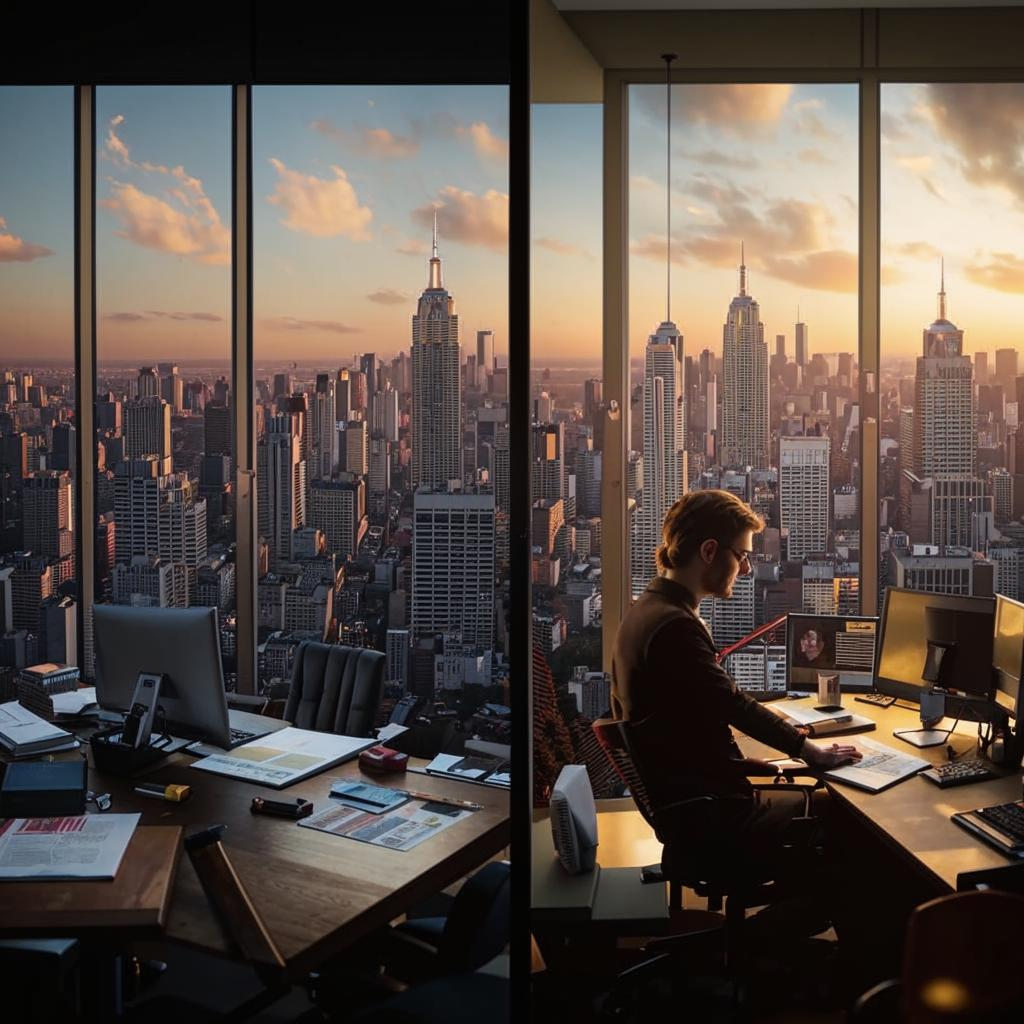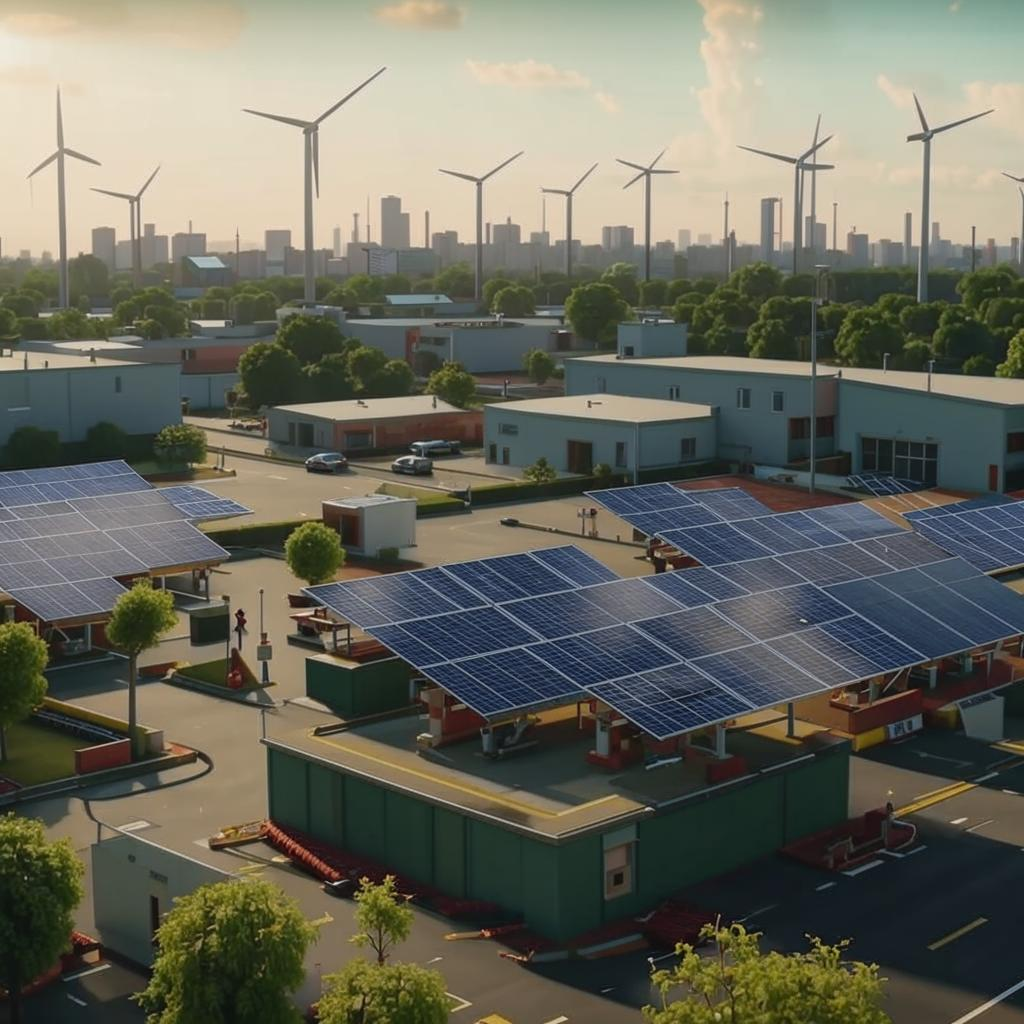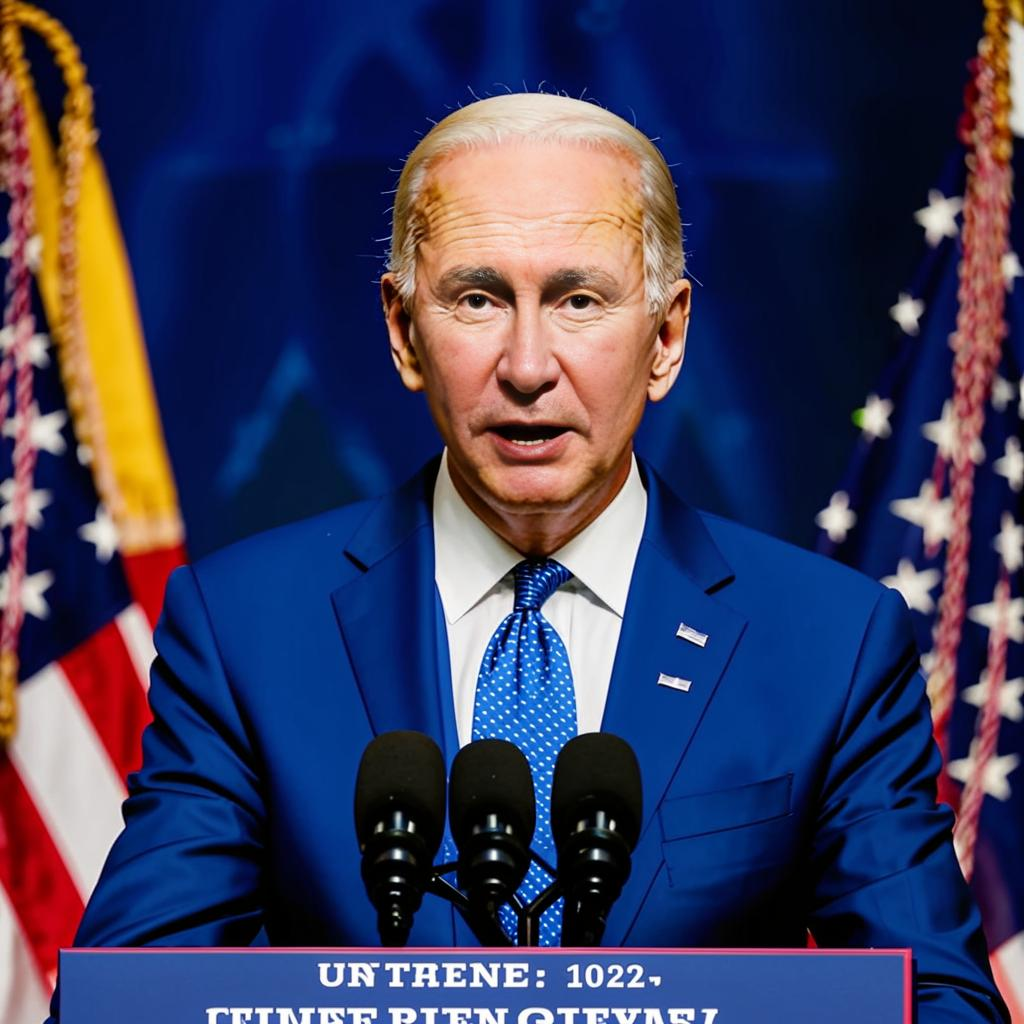The surge in remote work is dramatically altering the fabric of American cities and towns. Fueled by technological advancements and accelerated by the pandemic, working from home has become a permanent fixture for many, impacting everything from real estate prices to local economies.
Major metropolitan areas are experiencing a shift as workers relocate to smaller cities, suburbs, or even rural areas seeking affordability, larger homes, and a change of pace. This exodus has led to increased housing demand and rising prices in these previously less-expensive locations. Conversely, some major city centers are grappling with lower commercial real estate occupancy rates as companies downsize their office spaces.
The rise of remote work is also reshaping lifestyles. Commuting time is reclaimed, allowing for more family time, hobbies, and personal pursuits. Local businesses in smaller communities are benefiting from increased foot traffic as remote workers support neighborhood shops and restaurants.
However, challenges remain. Concerns about social isolation, the blurring lines between work and personal life, and the need for reliable internet access are prevalent. Companies are also navigating the complexities of managing distributed teams and maintaining company culture.
The long-term consequences of this shift are still unfolding, but it’s clear that remote work is not just a temporary trend. It’s a catalyst for significant change in how and where Americans live and work, demanding innovative solutions from policymakers, businesses, and individuals alike. The future will be determined by how these groups adapt and respond to the profound shift taking place.















